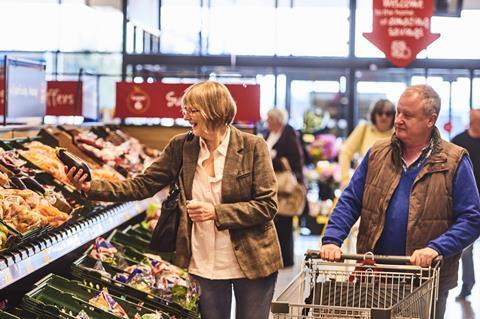
The discounters are once again rapidly taking market share from mainstream grocers as soaring food prices push consumers to prioritise value and own-label products.
Aldi and Lidl were the only grocery players in growth, according to the latest Kantar data out this week. Both grew by 3.6% in the 12 weeks to 21 March, while the mults were all in year-on-year decline, with Morrisons down 11.5% and Asda down 9.9% over the period.
The most recent four-week period is more stark still, with Aldi and Lidl up 3.8% and 4.0% respectively, while Morrisons has slumped 14.1% and Asda 10.6%.
The most recent discounter gains have seen Aldi rapidly gain ground on Morrisons in terms of market share, now just 0.5 percentage points behind at 9% compared with 9.4% for the Bradford-based grocer.
Tesco was the best-performing physical grocer outside the discounters, but was down 5.2% over the 12-week period, while Sainsbury’s was down 7.5% and Waitrose and Co-op both down 8.5%.
“We’re really starting to see the switch from the pandemic being the dominant factor driving our shopping behaviour towards the growing impact of inflation,” said Fraser McKevitt, head of retail and consumer insight at Kantar.
As such, consumers are turning to cheaper own-label products, with the proportion of spending on private label goods rising to 50.6%, up from 49.9% a year ago.
Kantar noted that the discounters had benefitted from the resurgence of in-store shopping, helping them gain share of older customers.
Aldi saw a 16% hike in people aged over 55 – customers previously most likely to shrink their repertoire of stores during the pandemic – while Lidl also attracted back older customers.
McKevitt cautioned that some of the discounter growth represented a partial reversal of the Covid shift to online grocery shopping.
“If we were coming out of the pandemic and we weren’t talking about inflation, I would still expect the discounters to do OK, because they didn’t have a brilliant pandemic,” said McKevitt. “And they’re opening floor space at a rate that nobody else is. So I would expect them to be doing well anyway.”
While online grocery growth has stalled the Covid boom has not reversed, with 12.6% of sales were made online in March 2022 compared with just 8% three years ago.
In total, overall take-home grocery sales have slumped by 6.3% in the 12 weeks to 20 March as inflation hit its highest level for a decade as inflation reached 5.2%.
Sales are still up versus two years ago, though only by 0.7% as the comparison now includes the record buying seen before the first lockdown in March 2020.
On a four-week basis total grocery sales were down 7.4% year on year and down 12.2% on a two-year basis as the sector lapped the first lockdown and stockpiling.







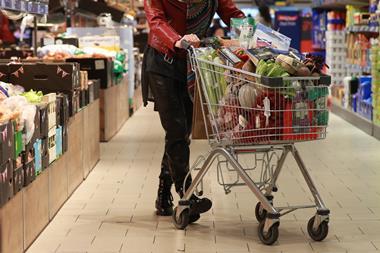
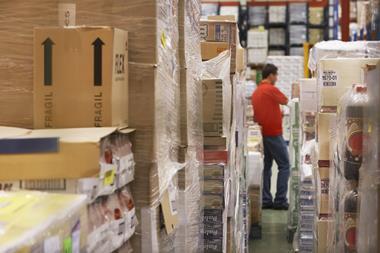
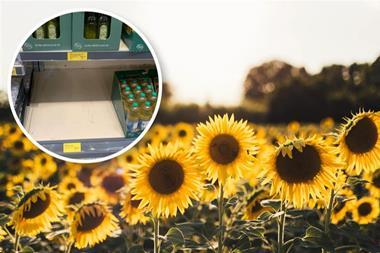
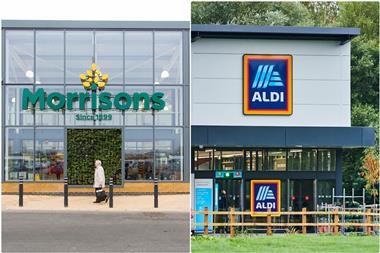
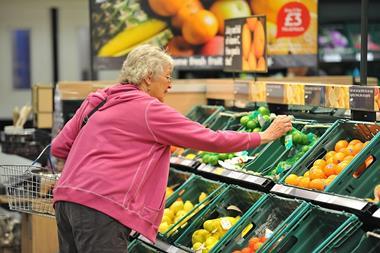
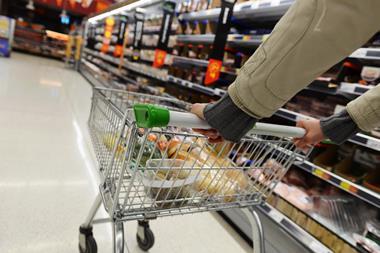
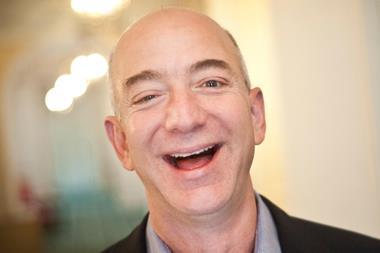

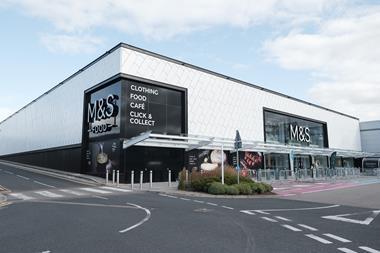
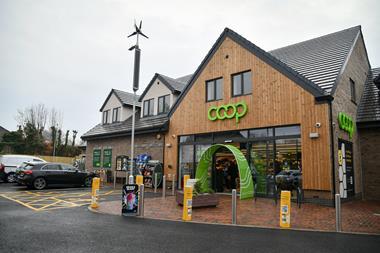

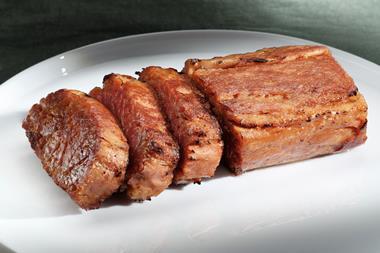
No comments yet